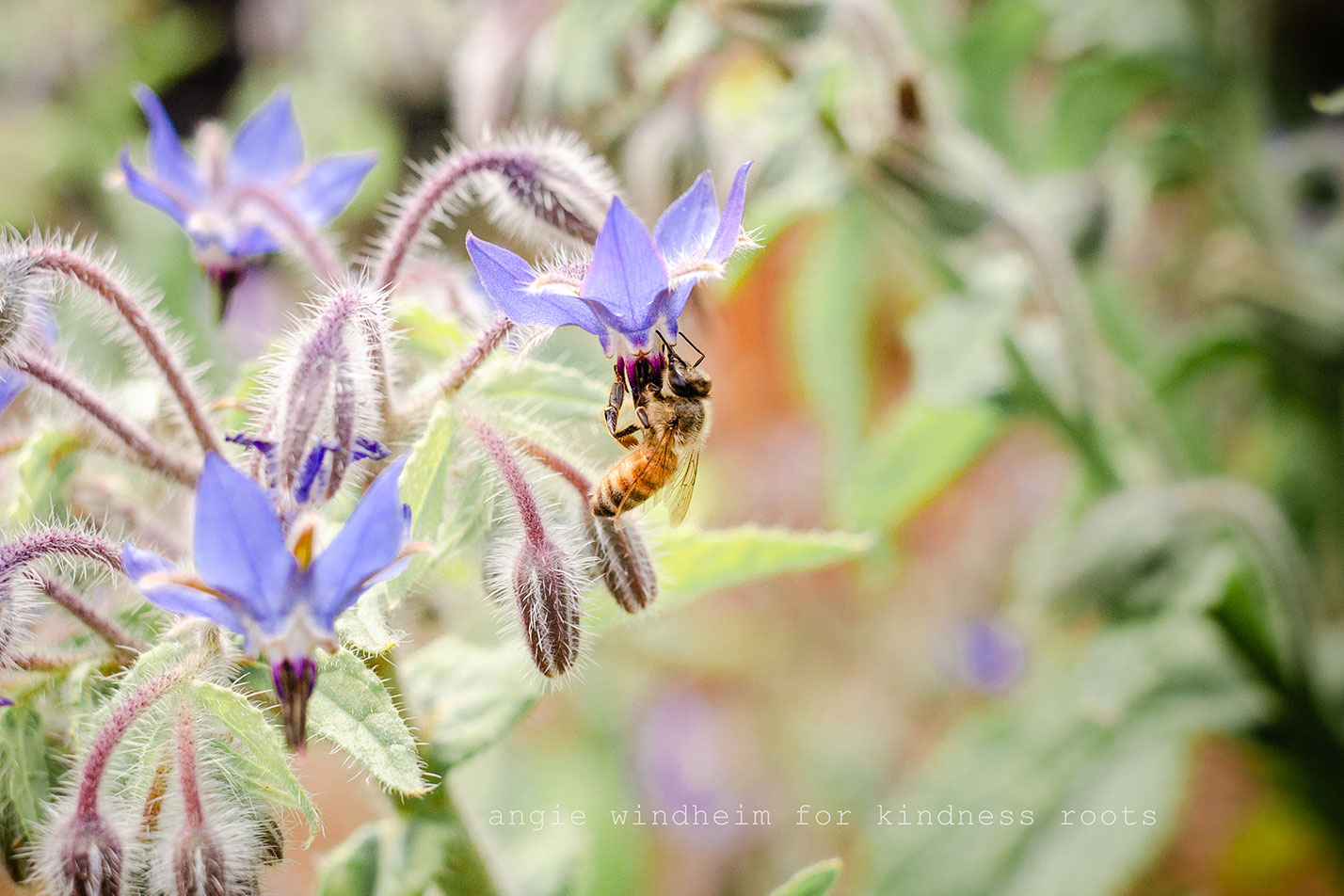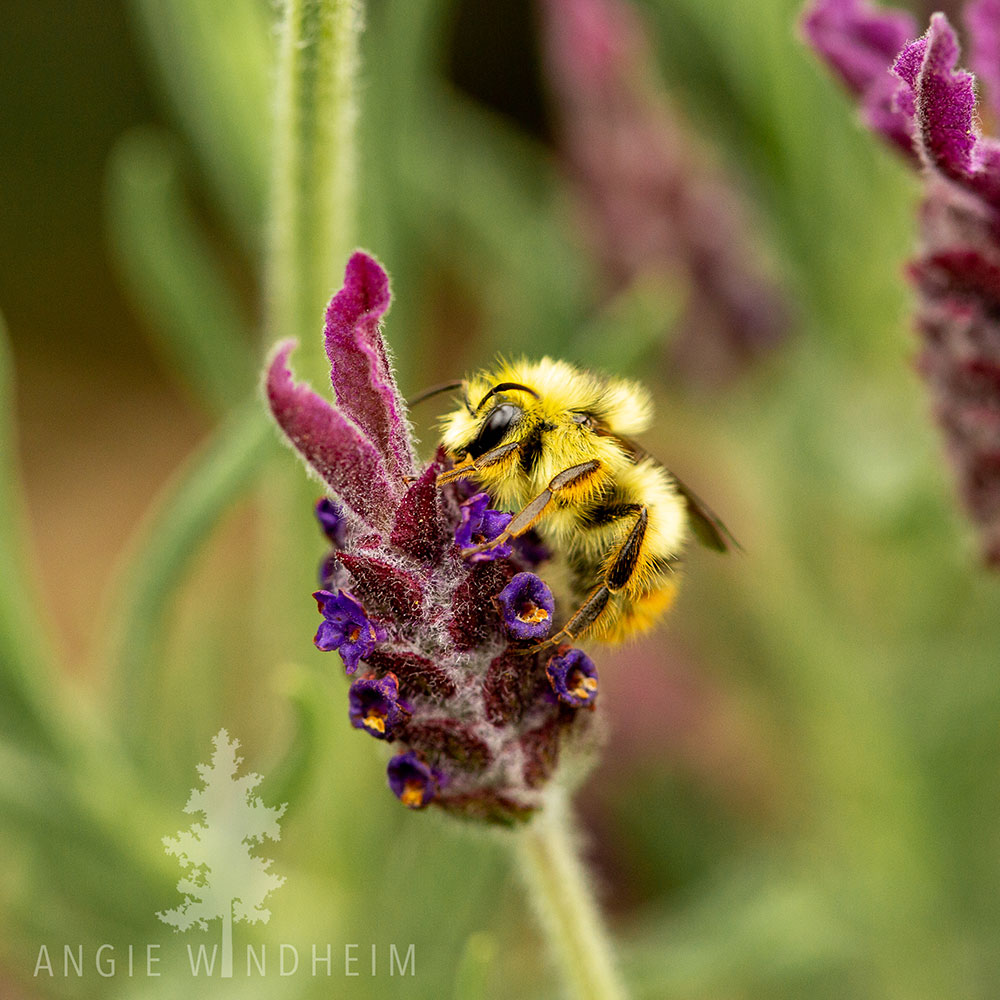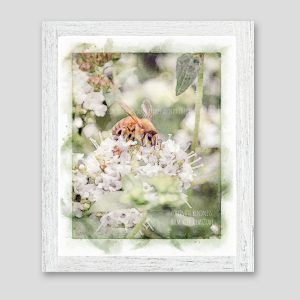There are two places where secrets should never be kept — the kitchen and the garden.
As luck would have it most cooks and gardeners are enthusiastic bean spillers. I write from firsthand experience as the go-to-friend for vegetable growing advice, questions, and dilemmas. And what I don’t know, I’ll obsessively research for you!
Pollinate kindness
So in the spirit of “what happens in the garden, doesn’t stay in the garden,” I want to share how kindness has been a key ingredient for my vegetable patch.
But first, a few planting myths must be debunked.
- Maybe you’ve heard that you can plant things that deer don’t like. There are no such plants. Deer are shockingly adventurous eaters .
- Maybe you’ve also been told to plant marigolds to deter slugs. I personally don’t like stinky marigolds. And those little slimy devils will slide right by the flowers and get on with your strawberries anyways.
For your garden enemies, I recommend setting some boundaries. Excellent fencing, a keen eye, and maybe a salt shaker if you’re desperate. I also encourage a good shoulder shrug from time to time. A few blueberry donations to the Robins and apples for the deer are not the end of the world. Grow more than you need and share.
Now, let’s talk about what you can kindly plant for your garden friends.
One for you, one for me
A handful of years ago I began dedicating precious raised-bed space in my garden to perennial and self-seeding herbs. The early and consistent flow of flowers they provide mean my garden is humming along with bees, butterflies, and ladybugs well before the fruit of my labor appears.
Do your research to select herbs that grow best in your planting zone, but I’ll gladly share a quick run down of what’s working for me in Willamette Valley’s Zone 8b: Spanish lavender, English lavender, oregano, lemon thyme, garlic chives, sage, red yarrow, nasturtiums, and borage.
I harvest some of the herbs for myself but leave more than half to bloom for the bees and butterflies. My winged friends also enjoy an impressive-yet-inedible red snapdragon that has decided it’s a perennial. And I sow a few sunflower seeds in the garden beds each year for a late summer thank you treat for the bees.
Over the years, I have noticed a big boost in my bee traffic to the garden both in quantity and variety. Until last year – I’ll sheepishly admit – I thought all bumble bees were black and white. Now I have a gorgeous and diverse group including solid yellow and flashy orange-belted visitors. It’s a little embarrassing how often I am found snapping photos of my fuzzy garden buddies.
I have always had a healthy population of the precious honey bees. My theory is that every yard should have flowering cherry trees and a little clover grow in the lawn. It’s like putting out a “Welcome bees” sign. I’ve even had two colonies hang out in my cherry trees for a few days before finding their new hive home. I’m like a five star Air Bee N Bee!
Are you interested in more kind gardening notes from Kindness Roots? If you have any of your own healthy garden secrets, it is your duty to share in the comments.
If you would like to dig deeper into how to help pollinators, follow the Xerces Society’s four simple steps and sign the Pollinator Protection Pledge.





